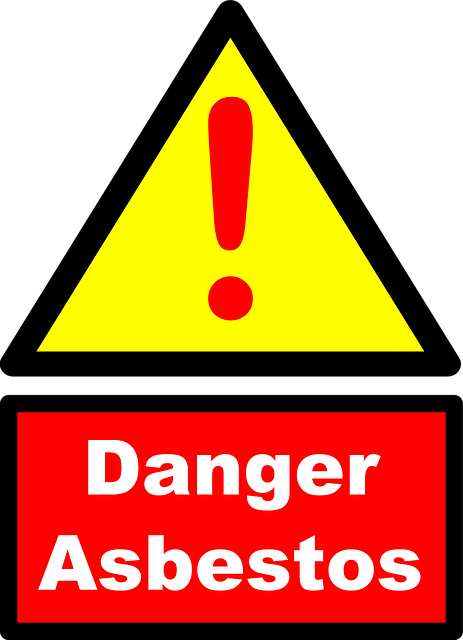Peoria, Illinois, grapples with elevated mesothelioma rates due to historical asbestos exposure in construction, shipbuilding, and manufacturing industries. Asbestos fibers, when inhaled or ingested, cause chronic inflammation leading to rare but aggressive mesothelial cancer (mesothelioma) with three main types: pleural (lungs), peritoneal (abdominal cavity), and pericardial (heart). Early detection is crucial for effective treatment of Peoria Mesothelioma, yet many cases often progress before diagnosis due to latent symptoms.
In Peoria, Illinois, mesothelioma, a rare yet aggressive cancer linked to asbestos exposure, has impacted numerous lives. This insidious disease manifests from microscopic fibers inhaled or ingested, leading to chronic inflammation and cellular damage over time. Understanding mesothelioma involves grasping its various types—pleural, peritoneal, and pericardial—with pleural mesothelioma being the most common in Peoria. This article delves into the local impact, exploring incidence rates within the city’s industrial landscape where asbestos risks were prevalent, while also highlighting critical symptoms for early detection and treatment options available to Peoria residents.
- Understanding Mesothelioma: A Deadly Disease
- – Definition and types of mesothelioma
- – Causes: Asbestos exposure as the primary trigger
Understanding Mesothelioma: A Deadly Disease

Mesothelioma, a rare and aggressive form of cancer, has been a growing concern in Peoria and across the nation. This deadly disease primarily affects the thin layer of tissue that covers internal organs, known as the mesothelium. The most common type is pleural mesothelioma, which impacts the lungs, but it can also occur in other areas such as the abdomen or heart. Understanding this condition is crucial for early detection and effective treatment strategies.
In Peoria, residents are at a higher risk due to historical exposure to asbestos, a mineral often used in construction and industrial settings. Asbestos-related mesothelioma develops when microscopic fibers become lodged in the mesothelium over time. This can lead to inflammation, scarring, and eventually, cancerous cells. Symptoms may include chest pain, shortness of breath, unexplained weight loss, and persistent coughing. Recognizing these signs is essential as early diagnosis significantly improves treatment outcomes for Peoria Mesothelioma patients.
– Definition and types of mesothelioma

Mesothelioma is a rare and aggressive cancer that affects the thin layer of tissue that covers most internal organs, known as the mesothelial cells. It’s most commonly associated with prolonged exposure to asbestos, a mineral once widely used in construction, shipbuilding, and other industries due to its fire-resistant properties. Over time, inhaling or swallowing asbestos fibers can lead to inflammation, scar tissue formation, and ultimately, cancerous cells growing within the mesothelial layers.
There are three main types of mesothelioma based on the affected area: pleural (affecting the lungs), peritoneal (affecting the abdominal cavity), and pericardial (affecting the heart). In Peoria, as in many places across the country, mesothelioma is a significant health concern, particularly among individuals with a history of asbestos exposure. Early detection is crucial for effective treatment, but given its latent symptoms, many cases are often not diagnosed until the disease has progressed.
– Causes: Asbestos exposure as the primary trigger

In Peoria, just like many other places across the globe, mesothelioma in its various forms has been predominantly linked to asbestos exposure. Asbestos, a mineral once widely used for its durability and fire-resistant properties, is now known as a significant health hazard. Workers in industries such as construction, shipbuilding, and manufacturing were frequently exposed to asbestos dust during their daily tasks. When inhaled or ingested, microscopic asbestos fibers can become trapped within the body’s tissues, leading to chronic inflammation and damage over time. This prolonged exposure significantly increases the risk of developing mesothelioma, a rare but aggressive form of cancer that primarily affects the thin membranes surrounding internal organs.
Peoria’s historical reliance on industries that heavily utilized asbestos products has contributed to higher instances of mesothelioma among its residents. Asbestos-related diseases often have a long latent period, meaning symptoms may not appear for decades after exposure. This makes it crucial for individuals who worked in high-risk occupations or lived with those who did to be vigilant about any unusual health issues and seek medical advice promptly. Early detection is vital for managing mesothelioma effectively, given its complexity and the need for specialized treatment options tailored specifically for Peoria Mesothelioma cases.
Mesothelioma in Peoria, often a devastating diagnosis, is primarily linked to asbestos exposure. Understanding the causes and symptoms is crucial for early detection and effective treatment options available to Peoria mesothelioma patients. If you or someone you know has been exposed to asbestos and experiences persistent respiratory issues, seeking medical advice promptly is essential. With proper care and support, many individuals with mesothelioma in Peoria can manage their condition and improve their quality of life.
